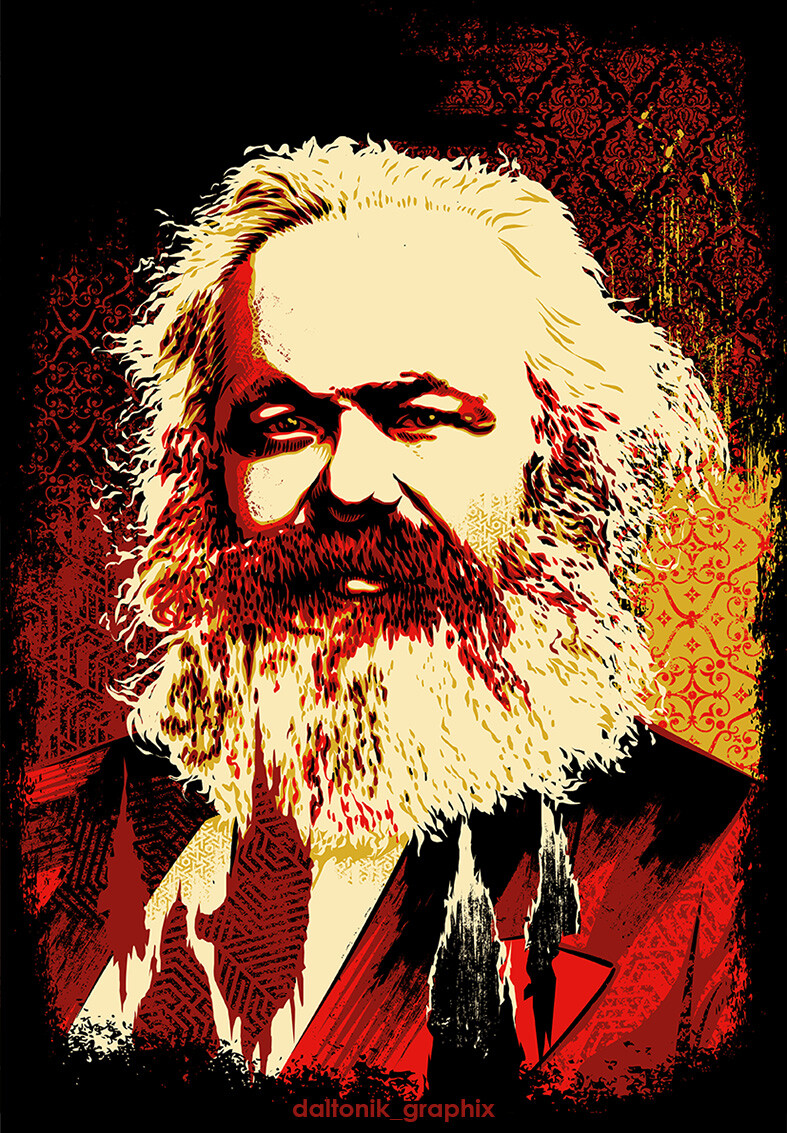I’ve been reading Capital off and on for months and this is a seemingly pretty important difference that I don’t understand. Is there a difference between surplus labor and profit, and if so, what is it? Any explanations, links, or chapters in Capital I should check out are appreciated.


Marx talks more about profit and surplus value in Vol 3, but to cite a part from chapter 1, vol 3
However, at the same time, it is a little more complicated? profit is not exactly the same as surplus value since in part one and part two of Vol 3, Marx goes into this more. ProleWiki also has something on this to https://en.prolewiki.org/wiki/Surplus-value#Profit_is_not_surplus-value.
but you also have the rate of profit with the rate of surplus value that does weird things. Where the rate of profit can fall, but the rate of surplus value can remain the same, along with the general rate of profit affecting things as a whole.
But from chapter 3 of vol 3
Thank you! So far the prolewiki link has been more helpful, but I think I’ll use that to help understand the quotes you’ve provided from Marx.
This is interesting to me because although economists like Michael Roberts talk a lot about the overall rate of profit falling, they don’t talk as much about the overall rate of surplus value falling. Could that be because profit is declining while surplus value is actually increasing, although the surplus value is just going into the increasing cost of labor…?
Chapter 13 answer that I think? If I remember and understood Marx right, but one of the things that affects the rate of profit is average organic composition of capital, mainly constant capital to variable capital, of a total capital. A thing to keep in mind is Marx refers to the total social capital, or capital as a whole. But anyways if there more constant to variable, profit starts to fall, and then capitalists need more variable capital/workers/or other ways of exploiting labor power, to keep the same rate of profit or to increase it. Since surplus value is factored into the rate of profit. Since rate of profit is surplus value over the total capital. Or as Marx puts it
But you get a lot of dynamics going on like the more developed capitalism is in a country is, the lesser the rate of profit I think due to more constant capital? but in countries where capitalism is less developed, the higher the rate of profit, due to more variable capital.
Also with the your original question of profit and surplus value, if it helps more, there this from chapter 2 from vol 3
spoiler tagging since I don't want quotes to take up the whole page
Also to just Just to quote some parts from vol 3, mainly chapter 13 that might also help?
spoiler
To add Marx also goes into counteracting the tendency of the rate of profit to fall here in chapter 14 one of them increasing the exploitation of labor. If you check out those chapters and I think chapter 15 to, Marx has examples in them, but in chapter 13 and 14 he tries to give examples.
Yes, to yer first insight, though I don’t understand yer second insight… usually rate of surplus value increases, by increasing surplus product, depressing variable capital (wages) or both
do you know where the rates of surplus value and profit differ, just to ask? (hint: wages vs total Capital)
The rate of surplus-value does not necessarily correlate with the rate of profit.
The reason the rate of profit tends to fall is because constant capital © tends to increase its fraction of the total capital — the ratio c/v increases. This results from technological development reducing labor inputs over time.
But the rate of surplus-value s/v doesn’t depend on constant capital at all. So if the rate of surplus-value tends to decrease, it can’t be because of a change in the fraction of constant capital.
The rate of profit and the rate of surplus-value express different things.
The rate of profit is what motivates capitalists and the capitalist economy in general. A capitalist invests money M in order to receive M’ > M at a later point. In developed capitalist society, this occurs with such regularity and uniformity that there emerges a “market rate” for this money growth, a singular rate of profit known to anyone who wishes to invest their money.
The rate of surplus-value — a category identified only through the chapter one analysis of value — is synonymous with rate of exploitation. It is a simple ratio of unpaid-to-paid labor, performed either by an individual worker or by the working class as a whole. In principle, this rate could stay fixed at 100% forever, and the rate of profit would decrease independently as c/v increases.
You explained it quite succinctly…